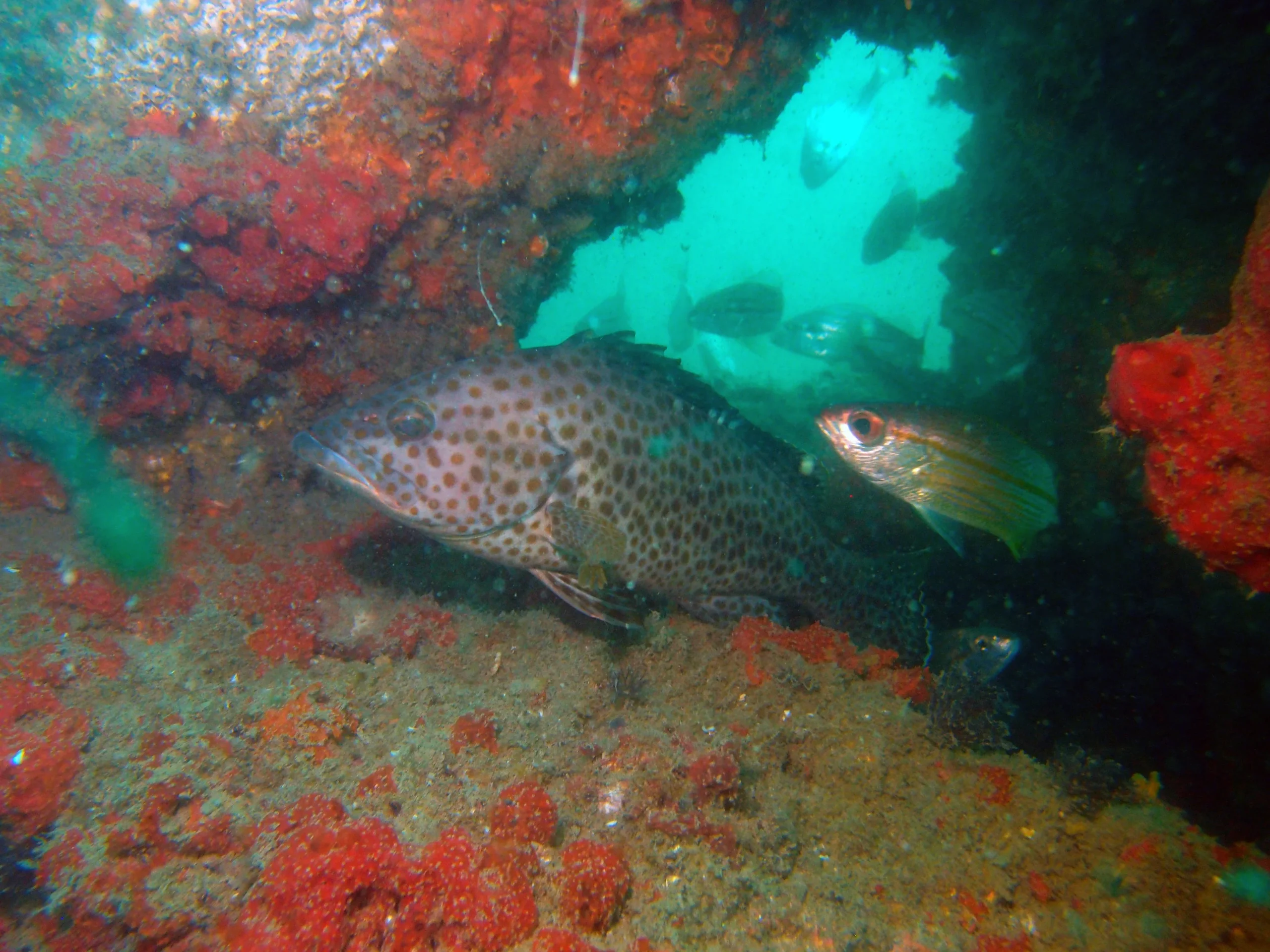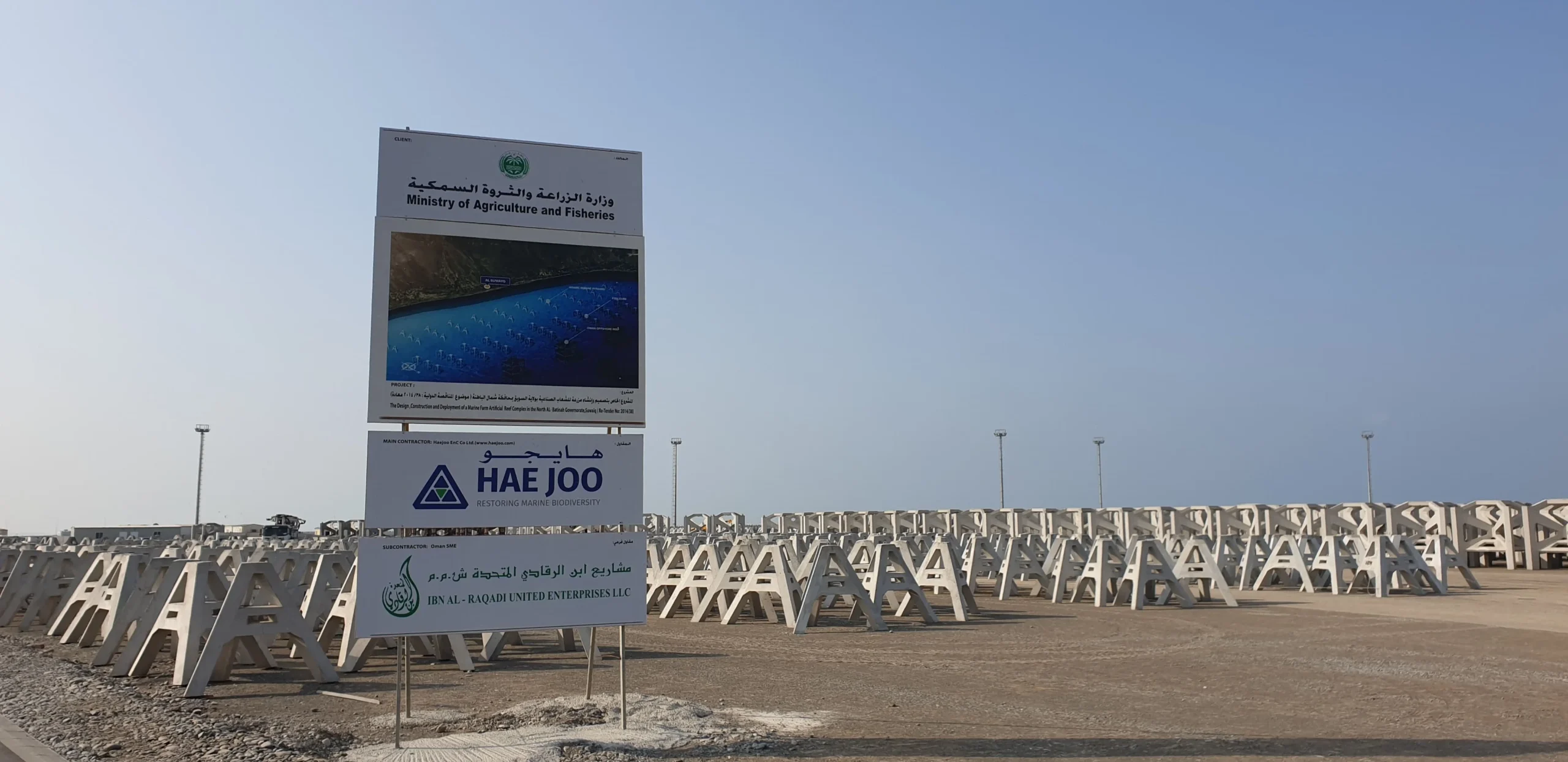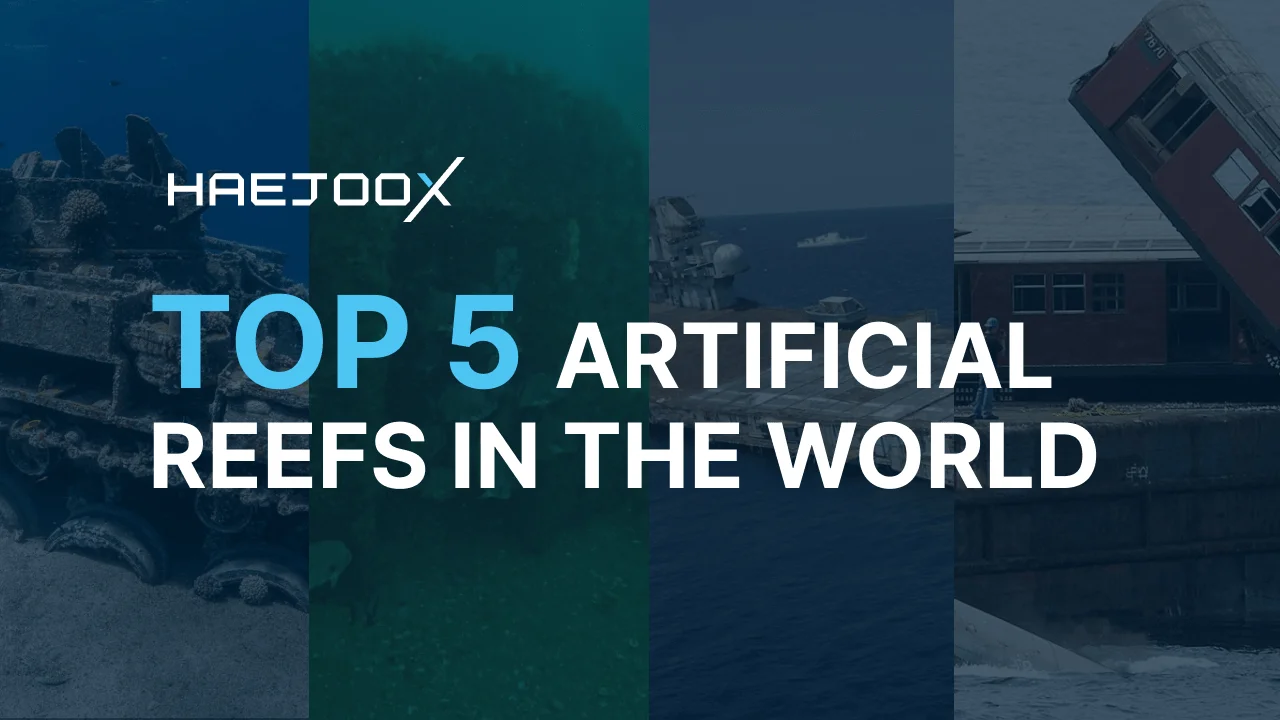The vast expanses of our planet’s oceans hold a wealth of beauty and biodiversity, but they are also under increasing pressure from human activities. One innovative solution that has gained prominence in recent years is the creation of artificial reefs. These man-made structures mimic natural reefs and offer a myriad of benefits to marine ecosystems, biodiversity, and local communities. In this article, we will explore what artificial reefs are, their uses, and delve into the compelling reasons why they are considered a boon for the Earth.
Understanding Artificial Reefs
Artificial reefs are human-crafted structures that are strategically placed in underwater environments to promote the growth of marine life and enhance the health of marine ecosystems. These structures can be made from a variety of materials, including concrete, steel, decommissioned ships, and even purpose-built structures designed to mimic the complex topography of natural reefs. The primary goal is to create habitats that serve as homes, breeding grounds, and feeding areas for a diverse range of marine species.

Benefits of Artificial Reefs
Artificial reefs offer a second chance to marine ecosystems struggling to recover from the devastating impacts of pollution, overfishing, and climate change. By providing a stable substrate for marine organisms to attach to, artificial reefs become bustling communities of coral, fish, crustaceans, and other marine life. They significantly contribute to enhancing biodiversity and providing essential habitats for various species.
Ecosystem Restoration
Natural coral reefs, often called the “rainforests of the sea,” are facing immense challenges due to rising sea temperatures, ocean acidification, and other stressors. Artificial reefs can play a critical role in ecosystem restoration by providing a refuge for marine life that might otherwise struggle to survive in a degraded environment. This restoration helps stabilize and strengthen the overall health of marine ecosystems.
Supporting Fisheries
One of the most tangible benefits of artificial reefs is their positive impact on local fisheries. These structures attract a diverse array of fish species, creating new fishing grounds and replenishing fish populations. This not only supports commercial and recreational fishing but also helps reduce pressure on overexploited natural fish stocks.
Eco-Tourism and Education
Artificial reefs are magnets for both divers and tourists, drawing them to explore the underwater world and generating economic activity for coastal communities. Diving enthusiasts are treated to vibrant marine life and unique underwater landscapes, fostering an appreciation for marine conservation. Moreover, artificial reefs serve as living laboratories, allowing researchers and educators to study marine interactions and provide an engaging platform for public education on marine ecosystems.
Coastal Protection
Strategically placed artificial reefs can serve as natural barriers, helping to reduce wave energy and prevent coastal erosion. This added protection benefits both marine and terrestrial ecosystems, safeguarding shorelines from the impacts of storms and tides.
HaejooX: A Beacon of Artificial Reef Innovation
Haejoo, a pioneering force in sustainable artificial reef implementation, encapsulates the very essence of responsible leadership in environmental conservation. This ambitious initiative transformed decommissioned ships into intricate artificial reefs, offering not only habitats for marine life but also a testament to sustainable repurposing of materials. The Haejoo reefs have sparked scientific interest, provided new diving destinations, and showcased how creativity can contribute to the preservation of our oceans.

As the world grapples with the urgent need for solutions that harmonize human progress with ecological integrity, Haejoo stands as a testament to the potential of innovation, collaboration, and unwavering commitment to sustainability. Through their endeavors, we are reminded that the preservation of our planet’s oceans is not just a goal, but a collective responsibility that requires dedication, ingenuity, and leadership.
Conclusion
Artificial reefs, the result of human ingenuity meeting ecological necessity, have emerged as a crucial tool in preserving marine life and enhancing ocean health. By creating habitats, fostering biodiversity, supporting fisheries, and promoting eco-tourism, these man-made structures demonstrate their significant potential to be positive agents of change for our Earth’s oceans. As we continue to explore sustainable solutions to protect and restore marine ecosystems, artificial reefs shine brightly as beacons of hope beneath the waves.



